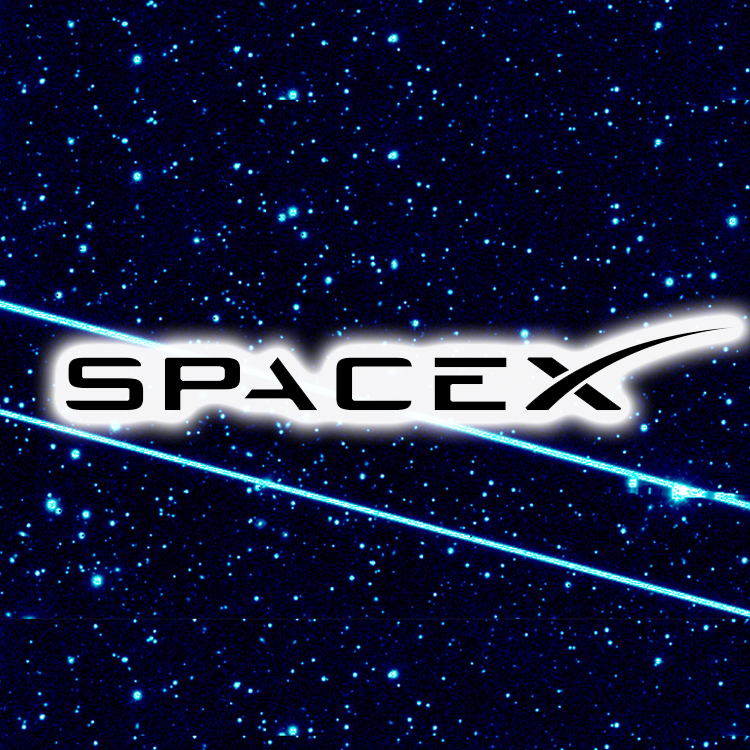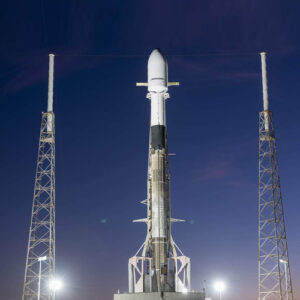SpaceX is working very hard to create a large constellation of satellites that will bring their Starlink vision to life.
Starlink is the attempt to provide internet almost everywhere in the world, for a $99 fee every month.
The main focus for them is to create a large network of satellites that communicate with one another and which make it very easy to access internet services at high speeds.
Starlink has been in beta for close to a year now, and since then, SpaceX has focused on sending roughly 100 satellites in the orbit every month, or around that number.
Right now the SpaceX constellation is upwards of 1000 active satellites, which is the largest array found in the orbit at this time.
Thanks to so many active satellites, SpaceX now owns around 1/3 of the active satellites in space.
However, the company vows to send a whole lot more.
The main target is to have around 1000 satellites in orbit every year, to the point where in 2030 they will have upwards of 10000 satellites.
The more satellites are sent into the orbit, the higher the Starlink speeds will be.
Right now, the company states they have around 10000 active customers paying for the service in the US and Canada.
They are also initiating Beta sessions in other countries, with India being one of the next countries. So yes, SpaceX’s vision is no longer experimental or theoretical.
It works really well, and while speeds are a bit lower than anticipated, this is mostly due to the lower number of satellites in the orbit.
As soon as the amount of satellites is increased, things will become a whole lot better.
Starlink is the largest network created with the idea of bringing space based internet at a very low latency.
Right now, the latency values are very low, showing that the results provided by SpaceX are actually very good, and their vision is realistic.
Yes, creating the network wasn’t easy, and the company was close to bankruptcy.
There are many critics when it comes to space based internet, and their main focus is the low internet speed.
Then you have the rather high expenses that come from something like this, since creating so many satellites and deploying them is very costly.
With that in mind, astronomers are also worried about light pollution.
Despite all the potential challenges, the simple fact that SpaceX has 1/3 of the current active satellites in orbit is a clear sign of the dedication and focus they have on this project.
Yes, they are facing some blowback, and there are potential worries regarding orbital debris.
Yet this is an amazing project with a lot of promise and some amazing ideas. We believe that SpaceX will eventually have even more than 1/3 of the active satellites in the orbit.
This in turn will create a massive network that will further improve their service and make it one of the best ways to have internet anywhere in the world!




